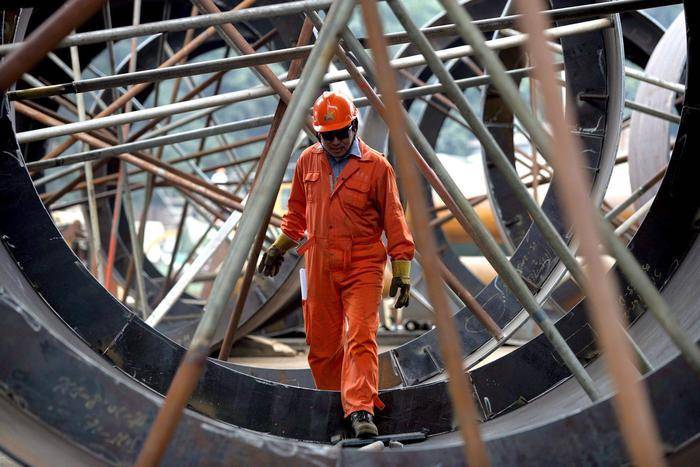Light at The End of the Economic Tunnel
ROME – Italian economists and business leaders are finally shaking off some of their pessimism, to look at the brighter side. A report on May 13 issued by the national statistics-gathering agency ISTAT confirms that Italy has formally emerged from recession.
After five consecutive quarters with no growth whatsoever, the Gross National Product (GNP, or PIL in Italian) surged upward during the first three months this year by 0.3%, or the same as Germany’s. “The results are better than the analysts had expected,” the ISTAT report acknowledged.
The result was the best since the equivalent quarter back in 2011, when the GNP rose by 0.4%. “Italy has won the lottery, and in coming months we shall have other nice surprises,” predicts Luca Paolazzi, head the research center of the national manufacturers association Confindustria.
Although Italy still lags, though only slightly, in the Eurozone, where GNP growth now averages 0.4%, the glimmer of light at the end of the tunnel sent Italian stock market prices rising by 1.06% today after the news was released. Behind the more positive outlook are three factors: the drop in energy prices, the stronger Euro and a reduction of interest rates. As a result, exports are leading the way, and are this year expected to rise by 4.5% over last year, Carlo Calenda, the deputy minister for economic development predicted today.
Unemployment remains a gigantic problem. This March 52,000 new jobs were lost in just one month, over February; even so, at 13% unemployment is still lower than last November, when it peaked at 13.2%. Youth unemployment remains staggeringly high, at 43%. And deflation continues: during April the consumer price index rose by 0.2% -- better than the 0.3% the money wonks had predicted, but still slightly below that of the same period in 2014. For those who like statistics, out of a population of over 62 million, Italy has 24.6 million with regular employment, 3.4 million whose jobs are described as “precarious,” and 3,042,300 unemployed.
Despite the signs of a more positive growth, many still suffer in the present economy. An insurance company executive informs us that car owners continue to overlook payment of their obligatory auto insurance. Deflation shows in a slight drop in housing prices and in communications, plus the fact that, with energy prices a down by around -6.5%, earnings from the transport sector continue to be low. On the other hand basic inflation is virtually stationary.
On the negative side, corruption and an inept bureaucracy are both factors that continue to hinder growth, experts agree. Alberto Baban, who heads Confidustria’s small business section, says that if Italy reduced corruption to the level of that in Spain, its GDP could be increased considerably. “We’d be able to close half our growth differential with Spain,” said Baban. In fact, at 0.9%, Spain’s growth during the last three months was more than twice that of Italy. Moreover, the bad bureaucracy, Baban added, “costs us every year at least 4% of our GDP.”
Lack of improvements in the education system is also taking heat from the manufacturers. The situation is chaotic at the moment, as thousands of teachers have walked out on strike, to march through city streets to show their opposition to an ambitious reform bill proposed by the government of Matteo Renzi.
Among the teachers’ protests is that to oblige students to take a standardized test is unfair because, if results are compared school by school, the schools are pitted against each other in a competitive stance. As a result of the teachers unions’ opposition to these tests, which measure a student’s ability in math and sciences as well as in languages, almost one out of every four students (23%) walked out of school and refused to take the tests. By contrast, last year only a tiny percentage, 3%, played hookey.


































i-Italy
Facebook
Google+
This work may not be reproduced, in whole or in part, without prior written permission.
Questo lavoro non può essere riprodotto, in tutto o in parte, senza permesso scritto.